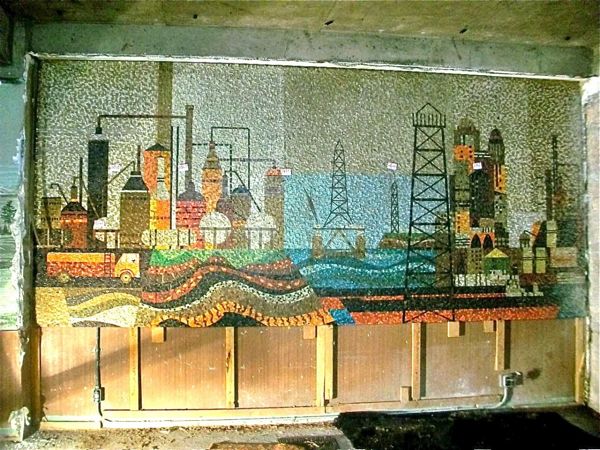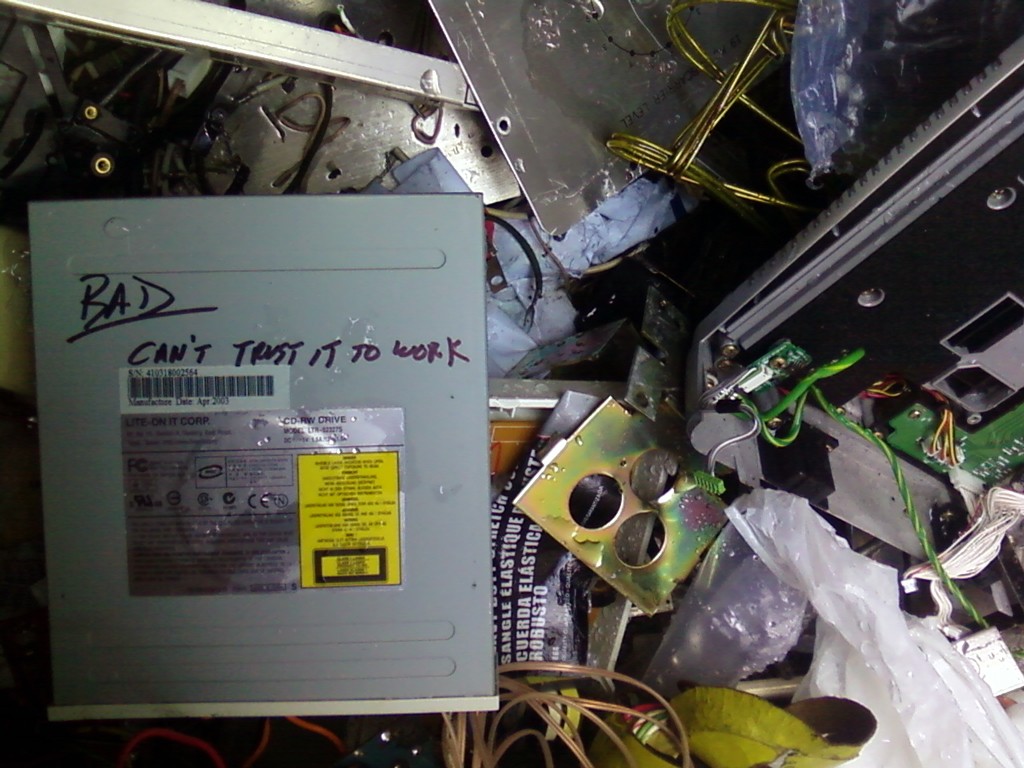Reading Michelle Murphy’s “Distributed Reproduction, Chemical Violence, and Latency”
Here is a link to article we read and discussed Sunday Feb 22, 2015.
In this article Murphy describes some of the transgenerational effects of chemicals from petrochemical processing plants along the St Claire River between Sarnia and Detroit. She uses infrastructure as an extensive term to connect industrial chemical production, assisted reproduction, and reproductive injustice. The petrochemical plants can be described as infrastructures for producing materials and fuels that assist normative reproduction, biological and social, babies and culture. The petroleum plants pollute water, soil, and sky with toxic chemicals that detrimentally shape the biological and social reproduction of communities along the river, particularly the Aamjiwnaang First Nation. The sedimentation of the pollution becomes a petrochemical infrastructure chemically shaping and structuring bodies, environments, and ecology.
In this post, I attempt to iterate some of our two hour discussion inspired by the article:
“This Old Rig” – broken infrastructure song
Troubles with Definition:
Initially in our conversation several of us, maybe most of us, struggled against Murphy’s flexible and inclusive use of the word infrastructure. Her use seems to lose some of the historical and commonsense specificity of the term. She extends the petrochemical infrastructure out of its plants and pipes and into bodies and ecologies and the generalized liberal capitalist industrial mode of production. For this nested cluster of industrial causes and effects, it might be more precise to distinguish between infrastructure and its extensions, the effects that tumble from it. The chemical plants as infrastructure for chemical production and, perhaps, the commonsense of molecular structures as infrastructure. In the article, the specific constructed infrastructure of certain petrochemical plants in a particular location, the St Claire River, blend into a more fuzzy definition of infrastructure; the facilities and systems serving a country, city, or area and the molecular chemical infrastructure of bodies. What is being carried by this blurred infrastructure? She is tracing out an unintended side effects of desirable petrochemical assisted reproduction. The chemical plants distribute reproductive effects in intentional and unintentional ways. The beneficial and pathological are co-extensive. As part of it assisting North American reproduction, the petrochemical infrastructure carries toxicity; Murphy’s description, blurring infrastructure, in part pathologizes normative petrochemical production. In her usage the differences between media, medium and carrier collapse into each other. For Murphy all the parts of petrochemical infrastructure work together through causal extension as a kind of conceptually gathered relation similar to Deleuze and Guattari’s machinic assemblages. In her book, Seizing the Means of Reproduction: Entanglements of Feminism, Health, and Technoscience, writes about these same kinds of issues through biopolitical and necropolitical entanglements relating micro-practices to wider practices. In a previous article, “Chemical Regimes of Living,” Murphy does not use infrastructure as an organizing term. But she does end that article by calling for conceptual experimentation to capture the political economy of chemical violence.
Latency
At the core of Murphy’s article is the chemical phenomena, and its conceptual extensions, of latency. Latency describes the delay between a cause and some of it effects. In her example, people and fish exposed to petrochemicals experience a three generation deferral of quantifiable impacts on reproduction. The operations of the chemical plants, fixed investments in capital, lay down layers of chemicals that sediment both in the environment and in the molecular structures of reproductive tissue in fetuses. The latent period is from grandmother’s exposure until granddaughter’s maternity. Murphy describes the temporality of latency to be a kind of inversion of anticipation, the deferral of consequences rather the anticipation. Fixed investment in capital works through anticipation, the anticipation of profits. Here petrochemical latency might be described in economic terms as temporally distributed market failures. One of Murphy’s creative extensions of latency and sedimentation is to read the seven generations prophecies, First Nation resurgence and the Idle No More movement as the end of a latent period responding to settler-colonialism sedimentation (in the form of petrochemical infrastructure).
Industrial infrastructures are the material equivalent of institutions. By fixing structures and establishing routes and pathways, they attempt durative temporal and spatial distributions. Often as fixed investments in capital, they are expensive to build. Years or even decades of planning, materials, and labor will go into the construction of infrastructures like, pipelines, dams, server-farms, canals, and petrochemical plants. Big constructed infrastructures and infrastructural systems tend to induce temporal lags. Even in their construction, their manifestation, they are driven by anticipation and plagued by latency.
The building of an infrastructure, such as a canal, or a railway, or a road, distributes other material-semiotic effects. The first investment, the sedimentation of layers of material effects of rhetoric, labor and materials, establishes a pattern, a line, an arrangement that subsequent infrastructures, constructions, and metabolizations adhere and adapt to. For example in California and Nevada the railway established the trail that the pipeline follows. In some ways, Murphy’s unbound use of infrastructure follows these clotting extensions of the chemical patterns distributed by petrochemical infrastructure. The intentional construction of systems, that unintentionally interact, to enact another infrastructure. “Path dependency” is another phrase to describe subsequent infrastructure and effects following already established routes. The accumulation of infrastructures, nested and nestled, into codependent interlocking systems of support and care creates enduring circumstances that shape social evolution.
musical interlude: Lazymouth- The Chemicals
strata, sediment, structure, strategy
Murphy’s description of sedimentation and latency is reminiscent of Deleuze’s strata/strategy in his book on Foucault. “Strata” describes the layers of historical accumulations of material-semiotic discourses and assemblages (such as infrastructures). “Strategies” move and articulate through and across the layers (such as latent effects of chemicals). This analytic offers a way to think about both infrastructure and latency. In the built, figured out, planned infrastructures are the strata, then the operation of the infrastructure, in this case the production of chemicals, are the strategies. Strata/strategy might be helpful for disambiguating the media from the medium in talking about infrastructure. Strata/strategy is also an interesting, possibly handy, way to think of latent possibilities, such as reproductive disruption.
Recognizing the latent effects of infrastructure shaping social evolution, might call for pitching politics differently. The study of infrastructure offers a way to see how decisions have already been made and that their enduring effects keep reeling out time and space. Existing infrastructures can preclude or inhibit the enactment of another system. For example, for twenty years groups of Midwest farmers have been trying to grow and distribute regionally grown produce but they encounter distribution trouble from the established mainlines from California and Mexico.
Is infrastructure all about capitalist investment? No, not really. The origins of the word are in nineteenth century French government journal descriptions of road and train beds. The use of the word moved to include all constructions that aid transport and communication. Some infrastructures are built for imaginaries of social good rather than anticipation of profit such as sea-walls, levees, and public transportation. Infrastructures are ideological projects connected to nation-building. They are also a manner of arranging social an material relations between people and other things within an ideological project.

The WPA and the New Deal, in general, in the the United Sates was a shift in the poetics of infrastructure. The glorious construction of infrastructure enacts the collective condensation of labor and material to produce a durable nation-state. Thinking with WPA infrastructure leads to questions like, is the national park system an infrastructure of highways and automobiles? If a levee or a dam are infrastructures, than are tree lines, planted in the Dust Bowl to prevent soil blowing away, infrastructure? Infrastructures might not be simply assemblages of inanimate materials. If grass is planted on a levee to make it more durable, then it is part of the infrastructural role of the levee. In some ways, what and for whom is an infrastructure becomes a forcefully performed perspective, a material prepositional arrangement of care.
New Deal state sponsored big infrastructural projects that were not necessarily profitable or useful such as hydroelectric dams producing more power then a region could use. The demand for this excess production might be considered another type of infrastructural latency. In capitalist industrial production, the process of enacting a profitable result of over production is called control revolution. The classic example is the Quaker integrated oat factory that could churn out more oats than anyone was eating. People thought oats were horse food. The Quaker Oat Man was invented and went on promotional tour to stimulate more consumption.
shifting practices of industrial capitalism:
On one hand, some infrastructures endure beyond their intended purpose and become the part of the “natural” landscape, such as old overgrown canals, quarry swimming holes, and the past reshapings of rivers and mountains. On the other hand, similar to the control revolution, other infrastructures are re-tooled for the new economy. For example, the faded industrial infrastructure of Gary, Indiana is being re-played as an attraction. The attraction is the poetics of the 20th century industrial infrastructure. Old infrastructures are part of the new frontiers created by breaking down and reforming (reformating) boundaries.
The shift to information dependent realities through cybernetics and networked computer systems, in some ways is the ultimate control revolution through the dematerialization of boundaries. It is the fractal frontier of the control revolution. Take money for example, it used to need physical tokens and the infrastructures to produce them, but now it circulates faster by the partial dematerialization of the cybernetic relays of exchanges. Less friction, or perhaps shifted friction. Thinking with nested and nestled infrastructures always reminds us that the digital revolution requires wires, servers, cables, micro-wave towers, electricity plants, and cooling systems.
thinking about how infrastructure enters political discourses
-In future terms of capital investment for anticipated economic profit. Petrochemicals manufactured in Sarnia will sell seemingly endlessly.
-In future past terms of nation building for civilization and human progress. The rubber tires manufactured at the first chemical plant on the St Clair River enable automobile transportation which is more civilized than walking.
-In present terms of red tinted critique, infrastructures organize and distribute extraction, labor, and consumption. The Sarnia chemical plants call forth the Tar Sands extraction and pull locals into toxic work environments.
-In latency terms of green tinted critique, infrastructures distribute harms known and unknown into the future.
This taxonomy is not clean or definitive, rather is an experiment for thinking, the different categories articulate each other. It might be a way to think about political rhetoric of infrastructure. For example, how often does the red tint of jobs over power the green tint of precaution in contemporary environmental politics?
Shifting focus slightly, how are affective behaviors like hanging out laughing having fun together connected to latent effects of generations of particular constructed infrastructure? Nato Thompson describes affective friendships and collective social capacitation around aesthetics as infrastructure of resonance. Affective social interaction and experience as partially shaped by the latent emergence of sedimentation of generations of living in particular built and performed habitat. How does infrastructure shape transgenerational habitus? Is Murphy describing the infrastructure as enacting transgenerational chemical transubstantiation?
How might latent possibilities in the sediment change how we find capacities? Can studying infrastructures aid in digging other strategies out of the strata? Rather than building capacity maybe we need to enable latent effects out of the sediments of normative life. (Nourishing latent worlds, the underground, the small articulation)
infrastructure builds both ground and sky-
sky – internet
soil – roads
a cosmology:
the commonsense infrastructure with the imaginaries that condition and allow it to built, or demand it to be built.
